- Home
- Articles
- Architectural Portfolio
- Architectral Presentation
- Inspirational Stories
- Architecture News
- Visualization
- BIM Industry
- Facade Design
- Parametric Design
- Career
- Landscape Architecture
- Construction
- Artificial Intelligence
- Sketching
- Design Softwares
- Diagrams
- Writing
- Architectural Tips
- Sustainability
- Courses
- Concept
- Technology
- History & Heritage
- Future of Architecture
- Guides & How-To
- Art & Culture
- Projects
- Interior Design
- Competitions
- Jobs
- Store
- Tools
- More
- Home
- Articles
- Architectural Portfolio
- Architectral Presentation
- Inspirational Stories
- Architecture News
- Visualization
- BIM Industry
- Facade Design
- Parametric Design
- Career
- Landscape Architecture
- Construction
- Artificial Intelligence
- Sketching
- Design Softwares
- Diagrams
- Writing
- Architectural Tips
- Sustainability
- Courses
- Concept
- Technology
- History & Heritage
- Future of Architecture
- Guides & How-To
- Art & Culture
- Projects
- Interior Design
- Competitions
- Jobs
- Store
- Tools
- More
Tips for Choosing Furniture for Your Interior: Enhance Style and Functionality
Discover essential tips for selecting furniture that effortlessly combines style, practicality, and sustainability. This guide emphasizes quality construction, personal needs, and budgeting, alongside style harmony and environmental impact. Create a cohesive interior by understanding space, materials, and lighting to transform your home into a functional and aesthetically pleasing sanctuary.
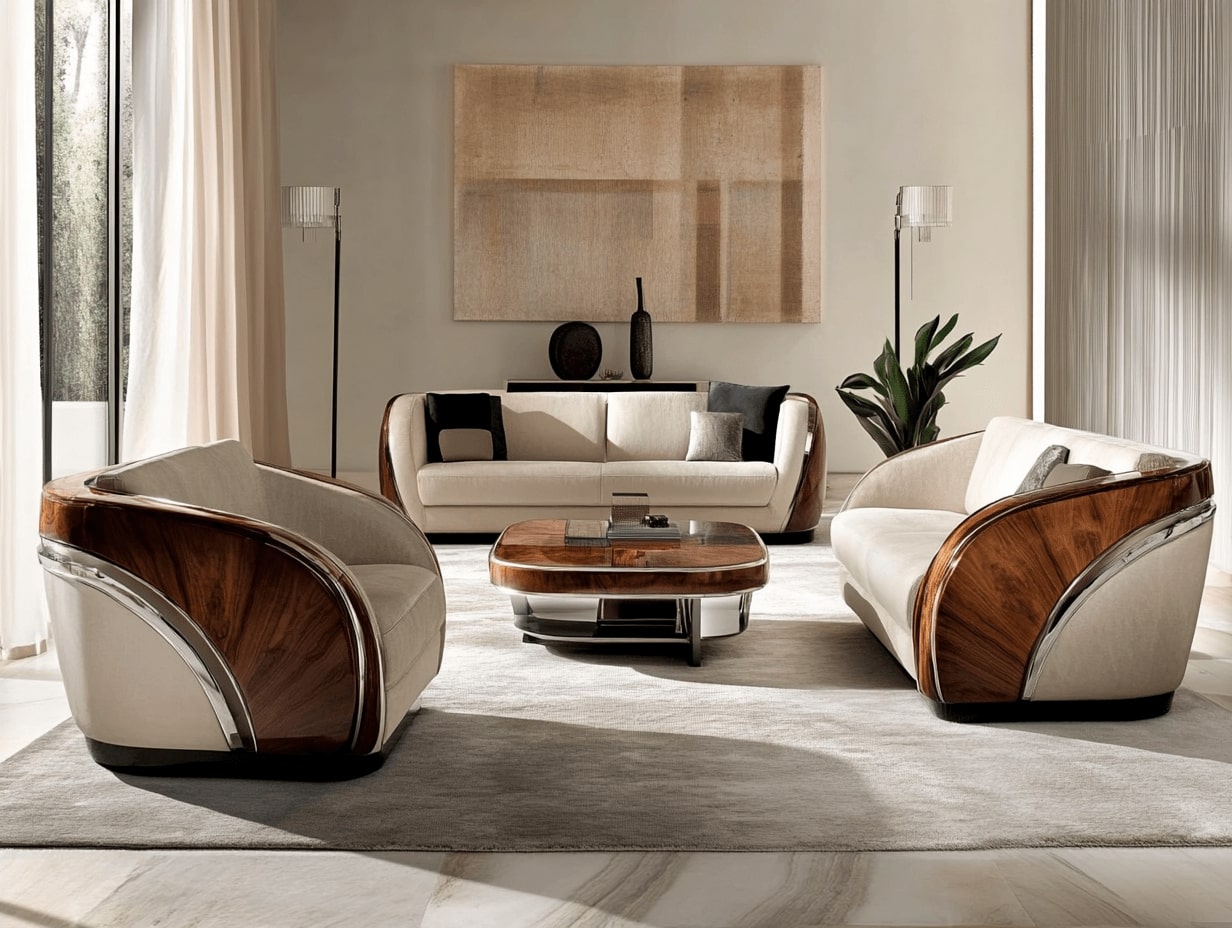
Choosing the right furniture for our interiors can feel like a daunting task, but it doesn’t have to be. With countless styles, materials, and colors available, it’s easy to get overwhelmed. However, with a few strategic tips, we can transform our spaces into stylish and functional havens that reflect our personalities.
When selecting furniture, we should consider not only aesthetics but also practicality. It’s important to think about how each piece will fit into our daily lives and the overall flow of our homes. Whether we’re furnishing a cozy apartment or a spacious house, finding the perfect balance between form and function is key.
Let’s not forget about the importance of quality and sustainability. Investing in well-made pieces ensures longevity and reduces our environmental footprint. By focusing on these essential elements, we can create interiors that are not only beautiful but also enduring and eco-friendly.
Table of Contents
ToggleUnderstanding Your Space
Every room offers unique dimensions and lighting, influencing furniture choices. Proper understanding ensures balance and cohesion.
Measuring Dimensions
Accurate measurements guarantee furniture fits perfectly. Using a tape measure, note room dimensions, doorways, and potential obstructions. Keep an eye on heights, widths, and depths to avoid spatial issues. Consider creating a floor plan to visualize arrangements and detect any conflicts before moving items.
Assessing Lighting and Style
Evaluate natural and artificial light as it impacts furniture material and color selection. Bright spaces complement lighter shades, while dim rooms might benefit from bold hues. Identify your interior style, whether minimalist, bohemian, or traditional. Ensure each piece harmonizes with the existing décor and boosts the room’s character.

Defining Your Needs
When selecting furniture for interiors, understanding our needs ensures that functionality and style align with our lifestyle. Assessing practical use and personal taste creates a balanced environment.
Identifying Functional Requirements
First, assess the specific functions each piece of furniture serves. We should consider activities and daily routines in each room. For instance, a living room might require ample seating for guests, while a bedroom needs storage solutions like dressers or armoires. Thinking about the number of users helps inform size and durability requirements. By knowing these functional needs, we can prevent clutter and choose furniture that enhances our daily lives.
Prioritizing Aesthetic Preferences
While function is paramount, aesthetics play a crucial role in creating an inviting space. Establish a coherent theme by identifying preferred styles, colors, and materials. Contemporary preferences may lean toward sleek lines and neutral palettes; traditional styles might favor ornate details and rich tones. To ensure cohesion with existing décor, create a mood board with fabric swatches and paint chips. Joining pieces that resonate with our personal taste fosters a harmonious atmosphere.
Exploring Different Materials
Selecting furniture involves exploring various materials that blend aesthetics and functionality to enhance our living spaces.
Wood and Its Varieties
Solid wood, such as oak or walnut, offers durability and timeless appeal, making it ideal for statement pieces. Wood veneers provide an affordable alternative while maintaining the beauty of natural wood finishes. Engineered wood, like plywood or MDF, ensures cost-effectiveness without sacrificing design flexibility. By leveraging different wood types, we can tailor our choices to fit both budget and style preferences.
Metal and Glass Options
Metal, seen in steel or aluminum, contributes modern, sleek elements and works well for minimalist designs. Sturdy yet elegant, it pairs seamlessly with other materials. Glass, whether tempered or frosted, adds transparency and a sense of openness, perfect for smaller spaces. It’s best to combine these materials with the right lighting to highlight their reflective qualities and add sophistication to any room.
Upholstery and Fabrics
Fabric choices, including cotton, linen, or synthetic blends, influence comfort and style. They provide various textures and colors to suit different tastes and environments. Leather exudes luxury and ages well, while microfiber offers a budget-friendly option with easy maintenance. By carefully selecting upholstery and fabrics, we can ensure our furniture complements our interior while meeting practical needs.

Evaluating Quality and Durability
Selecting furniture that offers both quality and durability enhances the longevity of any room. Key factors include construction methods and the presence of certifications or warranties, which assure reliability.
Checking Construction Techniques
Construction methods provide insights into furniture’s durability. Solid joints offer more durability than nails or glue, ensuring pieces withstand daily use. For example, dovetail, mortise-and-tenon, and tongue-and-groove joints are signs of skilled craftsmanship. Inspect the frame material; hardwood frames typically last longer than softwood ones. Testing structural integrity by applying gentle pressure to chair or sofa frames helps confirm their stability. Consistent attention to these details ensures our chosen furniture maintains its form and function over time.
Looking for Certification and Warranty
Certifications and warranties indicate quality craftsmanship and protect our investment. Look for eco-certifications like the Forest Stewardship Council (FSC) label; it confirms sustainable sourcing practices. Seek furniture with a manufacturer’s warranty; this commitment to quality provides assurance against defects and premature wear. Warranties often cover materials and construction, reflecting the brand’s confidence in its durability. Ensuring these aspects are present helps us make informed decisions, reinforcing our focus on lasting quality.

Deciding on a Budget
Allocating resources wisely is crucial when selecting furniture that fits our style and needs. A clear financial plan helps us prioritize and invest in pieces that contribute to a harmonious space.
Setting Financial Limits
Establishing a budget ensures we don’t overspend, which helps keep our finances on track. We start by categorizing expenses—essential furniture like beds and sofas may require a larger portion of the budget, while decorative items can take less. Researching typical costs provides a benchmark for setting realistic limits.
Balancing Cost and Quality
Although price is a deciding factor, durability and craftsmanship shouldn’t be overlooked. Investing in high-quality materials and construction often saves money long term by reducing replacements. We evaluate whether higher upfront costs offer value through longevity and performance. This strategy ensures that our choices resonate with both our financial constraints and aesthetic desires, achieving a balance between affordability and lasting appeal.
Conclusion
Choosing furniture for interiors is a balanced process of assessing personal needs, style preferences, and practical requirements. Thoughtful consideration of space, materials, and budget transforms any room into a cohesive and functional environment. Our exploration of various furniture materials, dimensions, and construction techniques highlights the importance of quality and sustainability in making refined choices. Prioritizing durability and craftsmanship, along with understanding the impact of lighting and existing décor, ensures that furniture elevates the home’s character while meeting daily needs. With careful planning and resource allocation, we can create an interior that is both stylish and enduring.
- artisan furniture designs
- bedroom furniture recommendations
- best furniture for living room
- choosing the right furniture
- custom furniture ideas
- eclectic home decor
- enhancing room style
- functional furniture ideas
- furniture choosing tips
- furniture for small spaces
- furniture selection advice
- furniture style tips
- furniture styling tips
- home decor furniture tips
- home revamp ideas
- interior design furniture
- interior furniture advice
- minimalist furniture design
- modern furniture ideas
- rustic furniture selection
- small space interior design
- stylish home furniture
illustrarch is your daily dose of architecture. Leading community designed for all lovers of illustration and #drawing.
Submit your architectural projects
Follow these steps for submission your project. Submission FormLatest Posts
BXB Studio’s Hybrid Interior: Redefining the Modern Architectural Workplace
The Warsaw headquarters of BXB Studio was established in a modest 70...
How Furniture Design Shapes Interior Atmosphere
Discover how furniture design shapes interior atmosphere with practical cues on style,...
5 Must-Know Interior Design Trends in American Homes
From warm minimalism to bold oversized artwork, these five interior design trends...
How Open Kitchens Create a Sense of Space Indoors (Without Sacrificing Function)
Open kitchens: see how sightlines, lighting, and smart layouts make rooms feel...








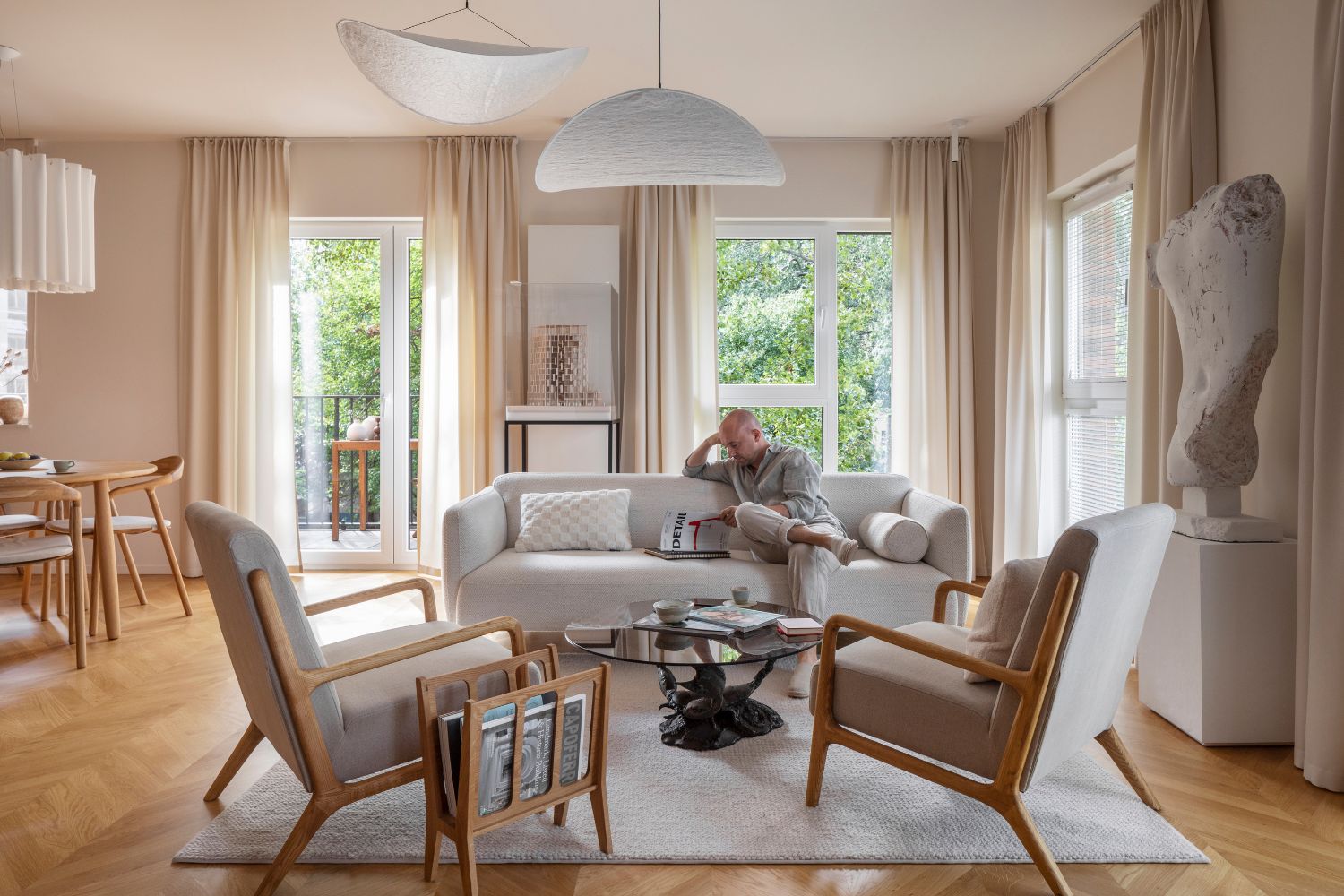
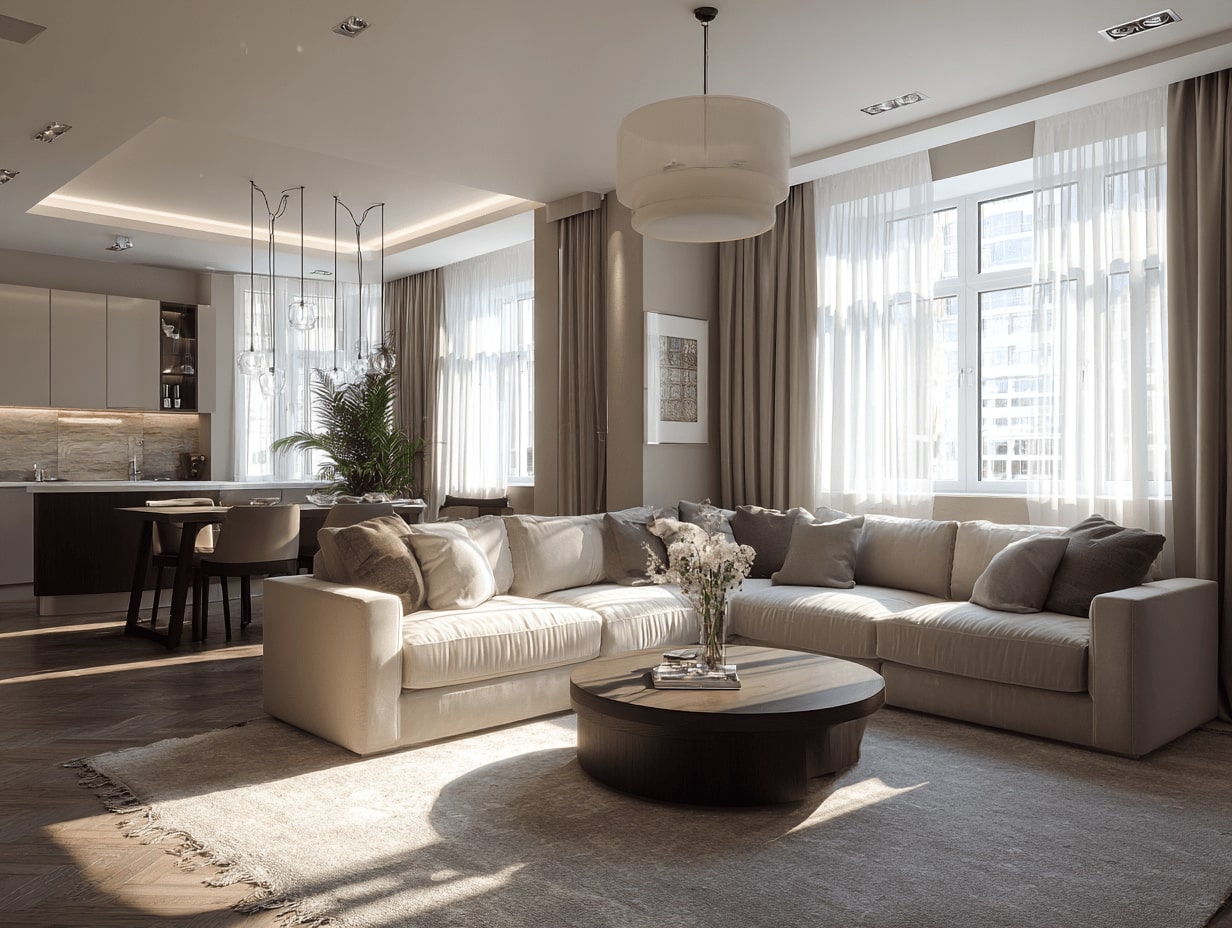
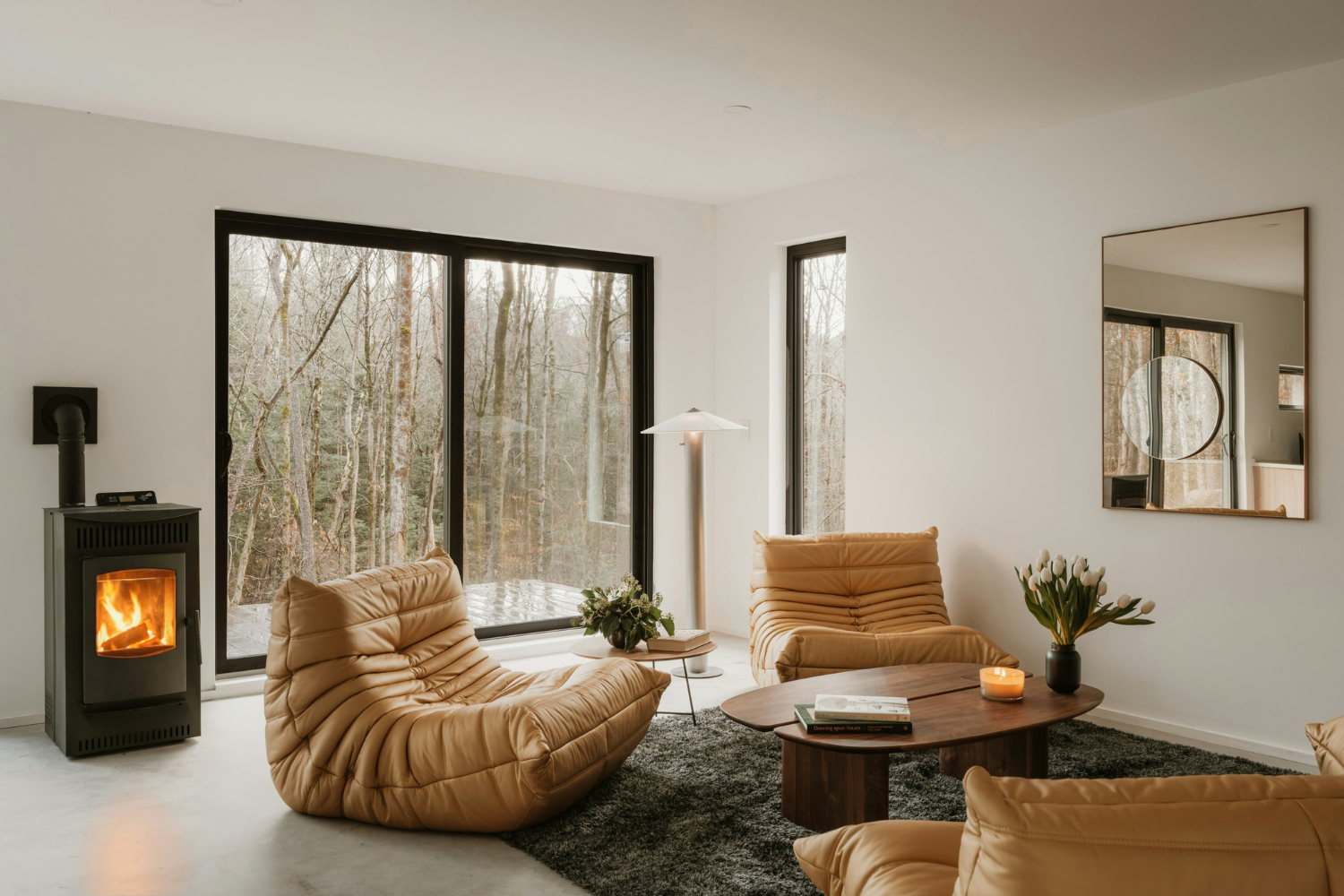
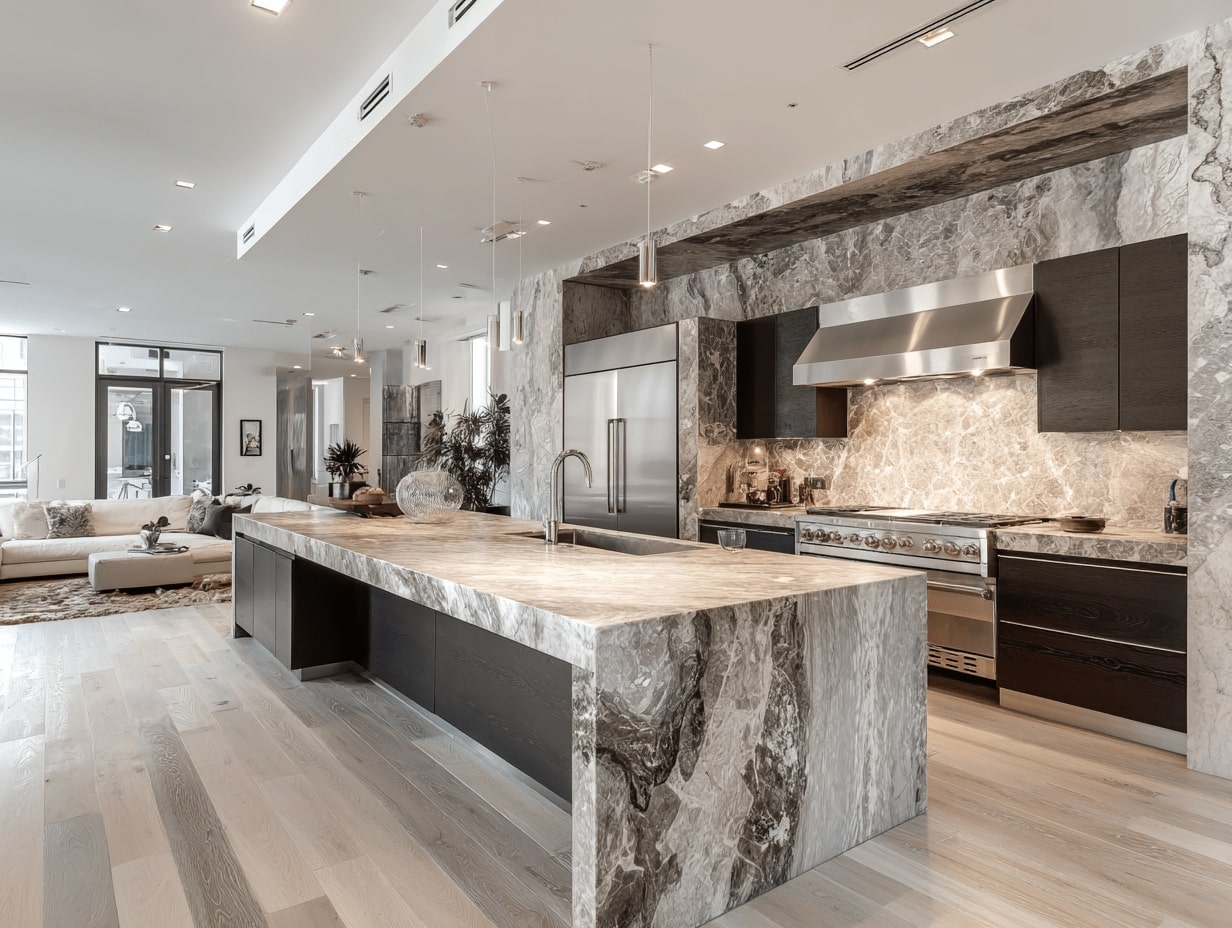
Leave a comment